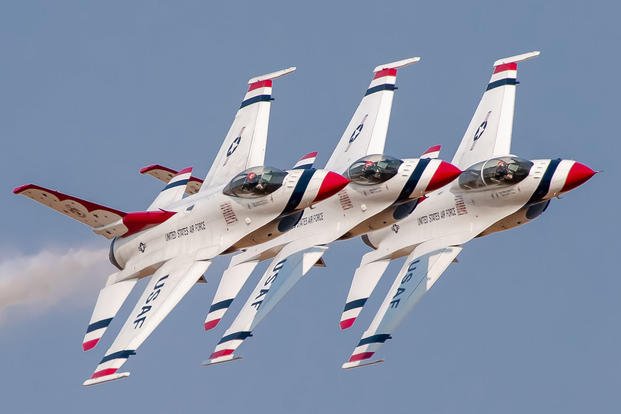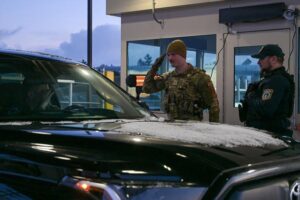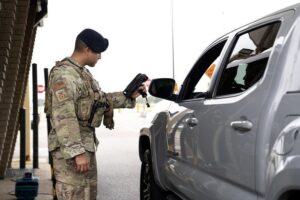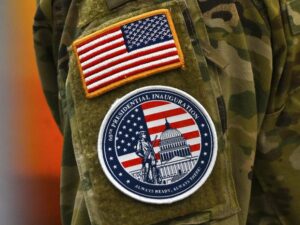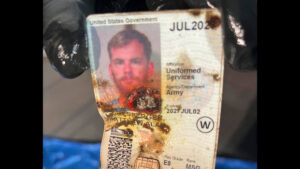Lawmakers Explore Impact of Military Aircraft at Air Shows on Recruitment and Readiness
In a bid to understand the effects of military aircraft appearances at air shows, Congress has mandated a detailed briefing from the secretary of defense. This initiative focuses not only on recruitment and readiness but also the implications of showcasing these aircraft in smaller, rural communities.
The directive is part of the current National Defense Authorization Act (NDAA), which requests the defense secretary to report early next year on various aspects. These include criteria for selecting supported shows, types of aircraft used, associated costs, and the influence on both training and recruitment. Additionally, the report will cover the number of shows supported over the past three years.
Notably, the legislation introduces “a one-year pilot program” to deploy military aircraft and aerial demonstration teams to at least five rural or small-market air shows nationwide. The aim is to enhance public exposure to the armed forces, with a follow-up report due in January 2026 evaluating costs, aircraft types, and any notable changes in readiness and recruitment.
Air shows serve as a vital means for the military to engage with the public, featuring renowned demonstration teams such as the Navy’s Blue Angels, the Air Force’s Thunderbirds, and the Army’s Golden Knights parachute team. However, these teams often bypass less populated areas due to logistical and financial constraints.
The original Senate version of the NDAA suggested that air shows cover any costs exceeding $100,000 and proposed a two-year pilot program. This clause was absent in the House version. The final NDAA compromise, expected to be ratified this month, removed the cost stipulation and shortened the program to one year.
John Cudahy, president of the International Council of Air Shows, advocated for the NDAA provision to increase air shows in rural regions. He highlighted challenges such as the lack of infrastructure, like the Mobile Aircraft Arresting System, which restricts military visibility in these areas.
“The people of South Dakota or eastern Washington State or southwest Virginia have just as much of a right to see those assets and remind them of what our military is about as anybody that lives in a more urban location,” Cudahy stated in an interview with Military.com.
The COVID-19 pandemic significantly impeded military recruitment efforts, partly due to the absence of school and public events, including air shows, where the military traditionally promotes itself.
Retired Maj. Gen. Ed Thomas Jr., former commander of the Air Force Recruiting Service, emphasized the importance of air shows in recruitment. “There’s no replacement for that personal connection. It could be a family member, it could be a one-time conversation with a pilot standing in front of an F-35 at an air show, or a maintainer or security forces member that somebody in the public gets to interact with,” Thomas remarked. He noted that the pandemic-induced lack of personal connections significantly hindered military recruitment efforts.

